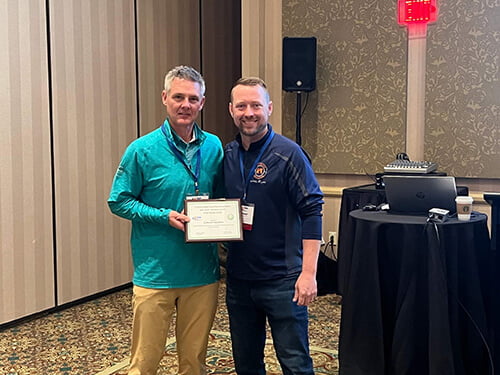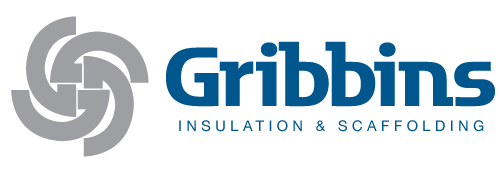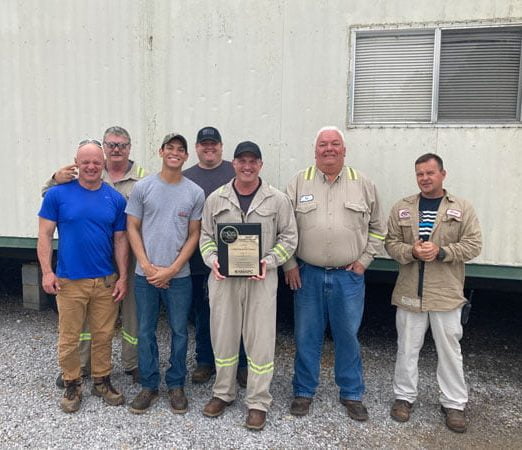
Safety in the workplace has become an increasingly significant focus for organizations worldwide. In recognition of this paramount importance, the Central States Insulation Association (CSIA) developed the Best Practices in Safety Recognition Program. This program aims to underscore the significance of safety and aid member companies in enhancing their safety programs and practices. Gribbins Insulation, a prominent player in the insulation industry, has recently achieved the prestigious Platinum Level recognition in this esteemed program.
A Program Designed for Improvement:
The CSIA Board of Directors, in collaboration with legal counsel Gary Auman of Auman, Mahan & Furry, meticulously developed the application questions for the program. The applications are evaluated anonymously by legal counsel, ensuring impartiality and fairness. Moreover, each applicant receives a comprehensive written critique of their safety program, enabling them to understand their strengths and areas that need improvement.
Grading and Recognition Levels:
To ascertain the level of safety excellence achieved by each participant, the application questions are graded on a scale of 0 to 10 points. The total score is then calculated and converted into a percentage. Based on these percentages, the CSIA program recognizes companies at different levels. Gribbins Insulation’s remarkable achievement of scoring between 94 and 100 percent secured them the prestigious Platinum Level recognition.
Continuous Improvement and Feedback:
After receiving the award, Gary Auman provides each participant with a detailed, multi-page letter explaining the rationale behind their score. This comprehensive feedback serves as a valuable tool for ongoing safety program improvement. The program’s primary goal is to encourage self-improvement, enabling companies to build upon their successes year after year. Gribbins Insulation, like other participants, is urged to implement as many of the suggestions outlined in the letter as possible to enhance their safety practices further.
Commitment to Excellence:
Gribbins Insulation’s attainment of the Platinum Level recognition underscores their unwavering commitment to safety. This achievement demonstrates their dedication to creating a safe working environment for their employees and highlights their exceptional safety programs and practices.
Building on Success:
The CSIA Best Practices in Safety Recognition Program is designed to foster a culture of continuous improvement. Participants are encouraged to apply again in subsequent years, ensuring the progressive development of their safety programs. Gribbins Insulation’s Platinum Level recognition serves as an inspiration for them to continue refining their safety practices, setting higher benchmarks, and sharing their expertise with the industry.
Conclusion:
Gribbins Insulation’s exemplary accomplishment of winning the CSIA Best Practices in Safety Recognition Program Award at the Platinum Level demonstrates their relentless pursuit of safety excellence. Through their dedication, commitment, and continuous improvement efforts, they have set a remarkable example for the insulation industry. As safety continues to take center stage in workplaces, Gribbins Insulation’s success serves as a testament to the importance of prioritizing and investing in robust safety programs and practices.


